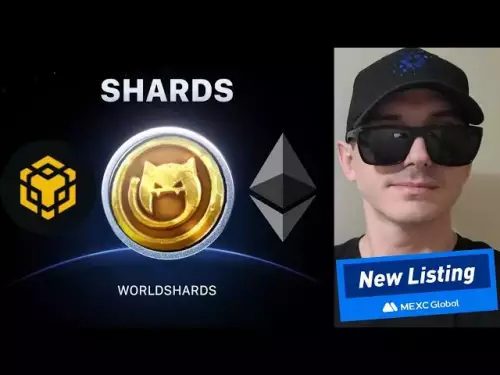-
 Bitcoin
Bitcoin $110000
-1.38% -
 Ethereum
Ethereum $4353
-1.95% -
 XRP
XRP $2.834
-1.20% -
 Tether USDt
Tether USDt $1.000
0.02% -
 BNB
BNB $847.1
-1.38% -
 Solana
Solana $206.1
-2.42% -
 USDC
USDC $0.9999
0.02% -
 Dogecoin
Dogecoin $0.2144
-1.54% -
 TRON
TRON $0.3378
-0.74% -
 Cardano
Cardano $0.8127
-2.69% -
 Chainlink
Chainlink $23.06
-2.34% -
 Hyperliquid
Hyperliquid $45.24
-0.77% -
 Ethena USDe
Ethena USDe $1.001
0.03% -
 Sui
Sui $3.285
-2.46% -
 Bitcoin Cash
Bitcoin Cash $588.1
-1.85% -
 Stellar
Stellar $0.3577
-1.93% -
 Avalanche
Avalanche $24.66
-2.52% -
 Hedera
Hedera $0.2129
-3.80% -
 Cronos
Cronos $0.2658
-2.11% -
 UNUS SED LEO
UNUS SED LEO $9.522
0.19% -
 Litecoin
Litecoin $110.6
-1.80% -
 Toncoin
Toncoin $3.122
-1.79% -
 Shiba Inu
Shiba Inu $0.00001212
-2.78% -
 Polkadot
Polkadot $3.770
-2.40% -
 Uniswap
Uniswap $9.346
-2.95% -
 Dai
Dai $0.9999
-0.02% -
 Monero
Monero $269.5
0.04% -
 Aave
Aave $319.6
-1.91% -
 Ethena
Ethena $0.6907
-5.62% -
 Bitget Token
Bitget Token $4.891
-3.49%
Finding the total supply of a token on a block explorer
Use a block explorer like Etherscan to find token supply by searching the contract address, then verify the total supply, decimals, and check for burns or locks to avoid misinformation.
Sep 04, 2025 at 07:00 pm
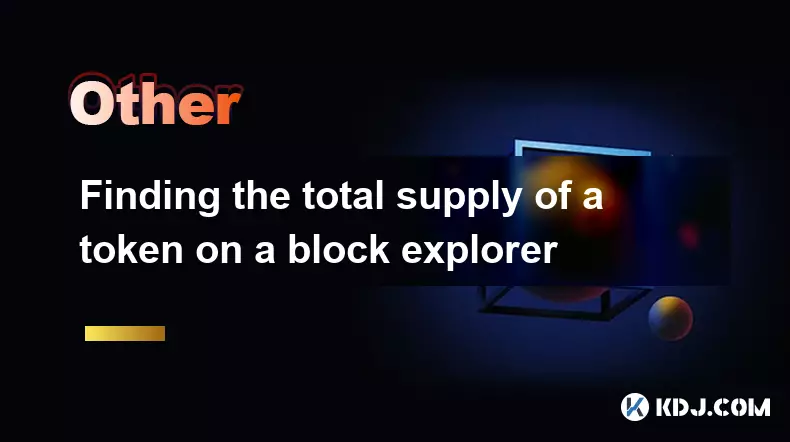
Finding Token Supply Information on Block Explorers
1. Navigate to a blockchain explorer such as Etherscan, BscScan, or Solscan depending on the network the token operates on. These platforms provide public access to on-chain data, including token metrics like total supply, holder count, and transaction history. Ensure the correct network is selected to avoid confusion with similarly named tokens on different chains.
2. Use the search bar to input the token’s contract address or its ticker symbol. If using a symbol, verify the contract matches the official project source to avoid interacting with fake tokens. Once the correct token page loads, key details such as name, symbol, decimals, and total supply will be displayed prominently at the top of the page.
3. Locate the 'Token Supply' or 'Total Supply' field. This value is typically shown in both raw units and human-readable format, adjusted for the token’s decimal places. For example, a token with 18 decimals will display the total supply divided by 10^18 to reflect the actual circulating amount users interact with.
4. Confirm the contract address matches the official one published by the project team. Scammers often create tokens with identical names and symbols. Cross-referencing social media channels, official websites, or blockchain analytics tools can help validate authenticity.
5. Explore additional tabs on the token page such as 'Holders' and 'Transactions' to gain deeper insights. The distribution of tokens among addresses can indicate centralization risks, while recent transaction volume may reflect current market activity.
Understanding Token Supply Metrics
1. Total supply refers to the aggregate number of tokens that have been created, excluding any that have been verifiably burned. This figure does not necessarily equal circulating supply, which accounts for tokens available for trading and excludes locked or reserved portions.
2. Some tokens feature dynamic supplies where new tokens are minted over time or existing ones are removed through mechanisms like staking rewards or fee burning. These changes are recorded in smart contract events and can be traced through the explorer’s transaction logs.
3. Always verify whether the displayed total supply includes or excludes burned tokens. Certain explorers automatically deduct burn addresses’ balances, while others require manual calculation by subtracting known burn wallet holdings from the total.
4. Decimals play a critical role in interpreting supply values. A token with 6 decimals will represent one million units per whole token, whereas a token with 18 decimals—common in Ethereum-based tokens—uses a much finer granularity.
5. Projects may implement tokenomics models with scheduled unlocks or vesting periods. While the total supply might reflect all minted tokens, portions could be locked in smart contracts and inaccessible until specific block heights or timestamps are reached.
Using Advanced Features of Block Explorers
1. Access the 'Contract' tab to view the token’s source code if verified. Reading the code allows users to confirm supply-related functions such as totalSupply(), minting capabilities, and ownership controls. This step is crucial for technical due diligence.
2. Utilize the 'Read as Proxy' or 'Read Contract' functions to query the smart contract directly. Inputting the totalSupply method will return the current supply value as stored on-chain, providing real-time accuracy independent of the explorer’s frontend display.
3. Monitor transaction events related to supply changes. Events such as Mint, Burn, or Transfer from specific addresses (e.g., team wallets or liquidity pools) can signal shifts in token availability and investor sentiment.
4. Export transaction or holder data for external analysis. Many explorers allow CSV exports of token transfers or top holder lists, enabling deeper statistical evaluation using spreadsheet or data visualization tools.
5. Set up alerts for large transactions or supply-altering events using third-party monitoring tools linked to the explorer’s API. These alerts can notify users of sudden supply increases or significant movements from large wallets.
Common Issues When Checking Token Supply
1. Misinterpreting total supply as circulating supply can lead to inaccurate valuations. Always check if tokens are locked, reserved, or subject to future release schedules before making investment decisions.
2. Fake tokens with similar names or symbols may appear in search results. Double-check the contract address against official project documentation to avoid confusion.
3. Some explorers may experience delays in indexing new transactions or contract updates. Refreshing the page or checking an alternative explorer on the same network can resolve discrepancies.
4. Tokens built on newer or less popular blockchains may not be supported by major explorers. In such cases, use network-specific tools or query the blockchain directly via RPC endpoints.
Frequently Asked Questions
How do I verify if a token’s total supply is accurate?Compare the supply shown on multiple block explorers and cross-reference with the project’s official documentation. Query the smart contract directly using the 'Read Contract' function to retrieve the on-chain value.
Can the total supply of a token change after launch?Yes, if the smart contract includes minting or burning functions. Tokens with fixed supplies will not allow new tokens to be created, but those with upgradable contracts may permit supply adjustments.
What is the difference between total supply and max supply?Total supply is the current number of tokens in existence, while max supply is the upper limit of tokens that can ever be created. Not all tokens have a defined max supply.
Why does the total supply show a very large number?This is due to the token’s decimal precision. A token with 18 decimals will display values multiplied by 10^18. Divide the displayed number by 10^18 to get the readable amount.
Disclaimer:info@kdj.com
The information provided is not trading advice. kdj.com does not assume any responsibility for any investments made based on the information provided in this article. Cryptocurrencies are highly volatile and it is highly recommended that you invest with caution after thorough research!
If you believe that the content used on this website infringes your copyright, please contact us immediately (info@kdj.com) and we will delete it promptly.
- Dogecoin's Key Indicator Flashes Buy Signal Amidst Market Drop: A New York Minute
- 2025-09-04 22:25:15
- Gold, Trump, and the Flight to Safety: What's Driving the Market in 2025?
- 2025-09-04 22:25:15
- BlockchainFX (BFX): The New Exchange Token Rivaling BNB and Hyperliquid?
- 2025-09-04 20:30:11
- Cardano Price, Pi Coin, Remittix Presale: Navigating the Crypto Landscape
- 2025-09-04 21:05:11
- Polygon, Blockchain, and India: A Web3 Powerhouse
- 2025-09-04 20:30:11
- Justin Sun, HTX, and High-Yield Products: A Deep Dive into Crypto's Latest Trends
- 2025-09-04 20:45:12
Related knowledge

How to find the block height of a transaction
Sep 04,2025 at 08:37pm
Understanding Block Height in Blockchain Transactions1. Block height refers to the number of blocks that have been confirmed on the blockchain since i...

Finding the total supply of a token on a block explorer
Sep 04,2025 at 07:00pm
Finding Token Supply Information on Block Explorers1. Navigate to a blockchain explorer such as Etherscan, BscScan, or Solscan depending on the networ...
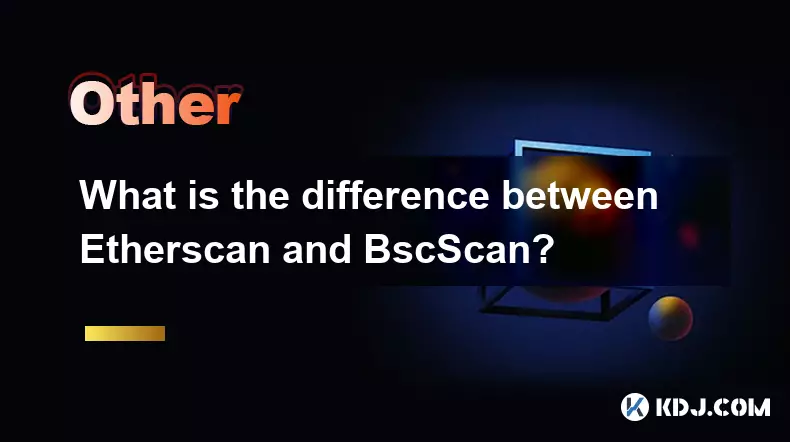
What is the difference between Etherscan and BscScan?
Sep 04,2025 at 07:55pm
Differences in Blockchain Networks1. Etherscan operates exclusively on the Ethereum blockchain, providing transparency and data tracking for all trans...
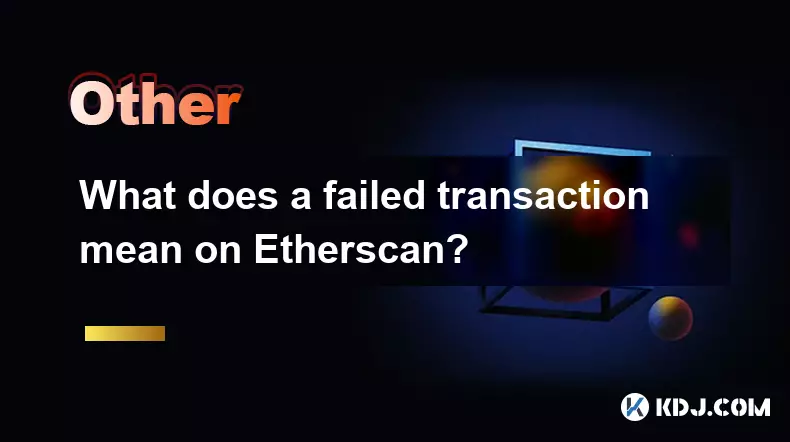
What does a failed transaction mean on Etherscan?
Sep 04,2025 at 05:55pm
Understanding Failed Transactions on EtherscanWhen users interact with the Ethereum blockchain, they often rely on Etherscan to monitor the status of ...
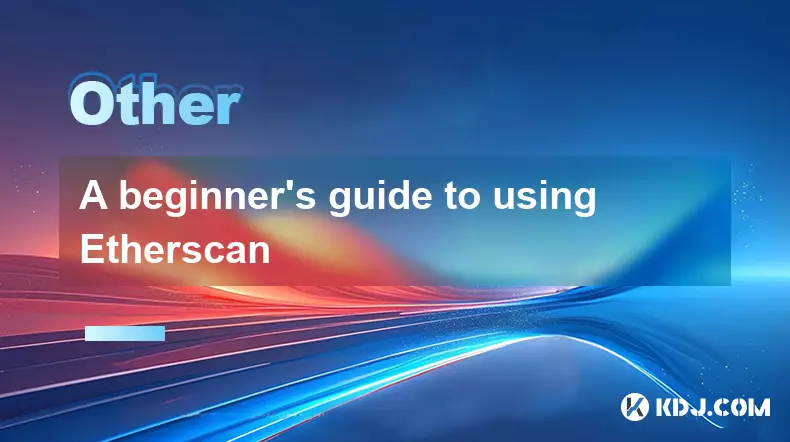
A beginner's guide to using Etherscan
Sep 04,2025 at 07:19pm
What Is Etherscan and Why It Matters1. Etherscan is a blockchain explorer specifically designed for the Ethereum network. It allows users to view real...
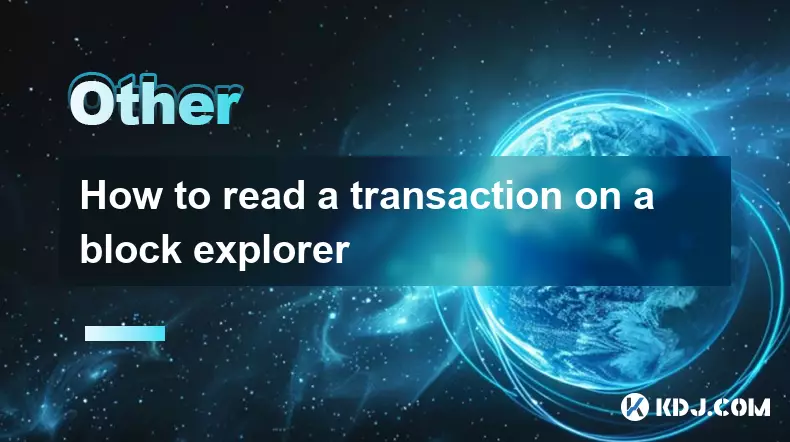
How to read a transaction on a block explorer
Sep 04,2025 at 10:01pm
Understanding the Basics of a Blockchain Transaction1. Every transaction recorded on a blockchain is publicly accessible through a block explorer, a t...

How to find the block height of a transaction
Sep 04,2025 at 08:37pm
Understanding Block Height in Blockchain Transactions1. Block height refers to the number of blocks that have been confirmed on the blockchain since i...

Finding the total supply of a token on a block explorer
Sep 04,2025 at 07:00pm
Finding Token Supply Information on Block Explorers1. Navigate to a blockchain explorer such as Etherscan, BscScan, or Solscan depending on the networ...

What is the difference between Etherscan and BscScan?
Sep 04,2025 at 07:55pm
Differences in Blockchain Networks1. Etherscan operates exclusively on the Ethereum blockchain, providing transparency and data tracking for all trans...

What does a failed transaction mean on Etherscan?
Sep 04,2025 at 05:55pm
Understanding Failed Transactions on EtherscanWhen users interact with the Ethereum blockchain, they often rely on Etherscan to monitor the status of ...

A beginner's guide to using Etherscan
Sep 04,2025 at 07:19pm
What Is Etherscan and Why It Matters1. Etherscan is a blockchain explorer specifically designed for the Ethereum network. It allows users to view real...

How to read a transaction on a block explorer
Sep 04,2025 at 10:01pm
Understanding the Basics of a Blockchain Transaction1. Every transaction recorded on a blockchain is publicly accessible through a block explorer, a t...
See all articles























